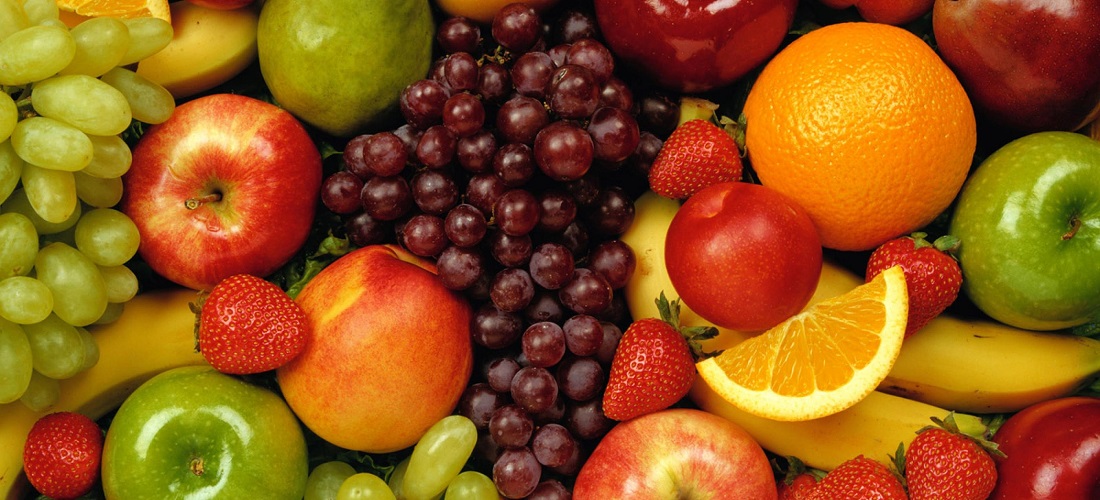
Expected Growth in Fruit Exports Mirrors 2023 Highs
Jan, 19, 2024 Posted by Gabriel MalheirosWeek 202403
Brazilian fruit exports were favored in 2023 by the sluggish performance of competing countries whose production was affected by El Niño. The climatic pattern tends to weaken in the coming months, but will continue to affect competition, which is why farmers expect another good year for Brazilian exports. In addition, the opening of new markets should contribute to another year of progress.
In 2023, export revenues reached a record level of $1.34 billion, up 23.5% from the previous year. The opening of new markets and the recovery in the volume shipped and the price of the main fruits for export—melons, mangoes, and grapes—should lead to favorable results, according to sources and analysts in the sector.
“If you have irrigation, you have water control with quality fruit all year round. So this big rebound in the second half of the year [in exports] was due to the places where we have irrigated fruit,” said Guilherme Coelho, president of the Brazilian Association of Fruit and Derivative Export Producers (Abrafrutas).
Together, the three irrigated fruits produced in the São Francisco Valley and Rio Grande do Norte accounted for almost half of the country’s total exports this year.
The chart below, made using DataLiner data, shows the ports in Brazil that exported more fruits to the world in the first eleven months of last year.
Top Fruit Export Ports | 2023 | TEU
Source: DataLiner (click here to request a demo)
Among the countries that faced climatic challenges is Peru, the main competitor of Brazil in mango exports. According to Mr. Coelho, the orchards in the Andean country experienced a lack of temperature range, affecting flowering and reducing the harvested volume in 2023, creating an opportunity for Brazil in the international market. “We are practically the only country that places mangos in Europe and the United States, whereas in the past, during this period, Peru had a strong presence there,” he said.
In addition to the fruits that already play an important role in Brazil’s trade balance, there is also optimism about other species. This is the case of avocados, whose export volume totaled 26,700 tonnes in 2023, an increase of 143.4% compared to 2022.
“Brazil is not going to become one of the world’s biggest avocado exporters overnight. There’s Mexico and other competitors to overcome, but it’s interesting to look at the diversification of our exports,” said Valeska de Oliveira Ciré, a representative in Brazil of the International Fresh Produce Association (IFPA).
According to IFPA, Brazil has been efficient in opening up new markets, with eight currently under negotiation. Last year’s highlights included the opening of the Chilean market for papaya and work to increase the volume of lemons sent to the United States.
Overall, papaya exports totaled 38,000 tonnes, down 5% in volume, but up 7% in value to a record $53 million. In the case of lemons, 166,600 tonnes ($172.34 million in revenue) were exported last year.
The president of Abrafrutas said that the international market is a buyer and estimates that Brazilian fruit exports should grow by 20% in value by 2024.
As for the domestic market, where consumption has declined since the Covid-19 pandemic, the outlook is for a slight recovery, said Ms. Ciré. “We are still looking at a domestic consumer who is more conservative in his spending and more selective. But fortunately, we are already seeing a better repositioning of the market as a whole,” she said.
Cepea’s forecast is for a slight increase of 0.7% in the area planted with fruit and vegetables in general in the country this year. “It’s a modest projection, but it’s also realistic if we consider the whole scenario we still have in terms of the economy and the need to adapt,” said the IFPA representative.
-
Ports and Terminals
Jan, 04, 2024
0
Porto Itapoá Leads Carbon Neutrality Initiative in Brazilian Ports
-
Ports and Terminals
Apr, 23, 2019
0
ANP in Uruguay reconsiders dedicated MSC Terminal
-
Ports and Terminals
Apr, 28, 2022
0
Paranaguá port terminals are granted international certificates
-
Ports and Terminals
Feb, 02, 2023
0
TCP announces truck inspection operation to start in february


